Lungs of London - Battersea Park
Originally known as Battersea Fields, where in 1829 the Duke of Wellington fought a duel with the Earl of Winchelsea. Cabbage planters and asparagus-growers mainly occupied it. The land was purchased around this time by the Marquis of Westminster, who afterwards leased it to Mr Cubitt, the builder. His idea was to convert these muddy swamps into a park, in view of the rapid growth of London during these times. An act of parliament was passed in 1846 to allow 320 acres partly for building houses and villas, and some 185 acres were set aside for the park, and by 1848 were making an active progress on the formation of the park. Considerable difficulties experienced on the riverside, where the Thames was prone to flood the frontage of the small properties. Several of the owners commenced embanking their frontages. Barges were employed daily to convey the sweepings of the streets of London, where the litter was deposited on the embankment. When first deposited the soil became soft and slushy but soon hardened to form a good stratum. The embankment itself is about five feet above the high water mark.
The formation of the park involved the dismantling of the Tivoli Tea Gardens and pleasure grounds. The Red House Tavern, in its hay day, formed a second Vauxhall Gardens, with visiting aristocrats. Finally becoming a hotbed of drinking, gambling, and donkey rides, being closed on the 22nd of August 1853 with the creation of the park by John Gibson in the same year.
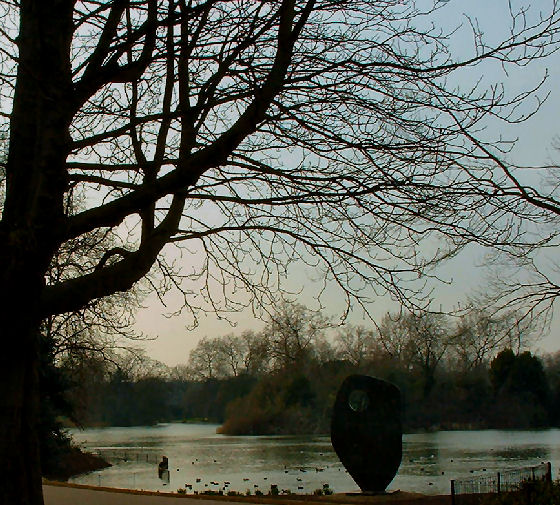
In 1860 a large expanse of lake was constructed, with a sub-tropical garden of four acres. And during the early days of the penny farthing bicycles, Battersea Park for a short time became the place to go.
On the 9th of January 1863 the first football match was played under football association rules between the Secretary’s X1 versus the President’s team.
On the site now occupied by the mansions on Prince of Wales Drive, in May 1885 was built the Albert Palace. The Palace specialised in high-class musical entertainment and contained a very fine picture gallery. The venue never proved a success and a year later the Albert Palace closed and the building and land were taken over by William Holland. Still to prove a complete failure this venture also closed soon afterwards, with the building remaining closed for many years, before finally being demolished in 1894 making way for half a mile of five-storey blocks of flats.
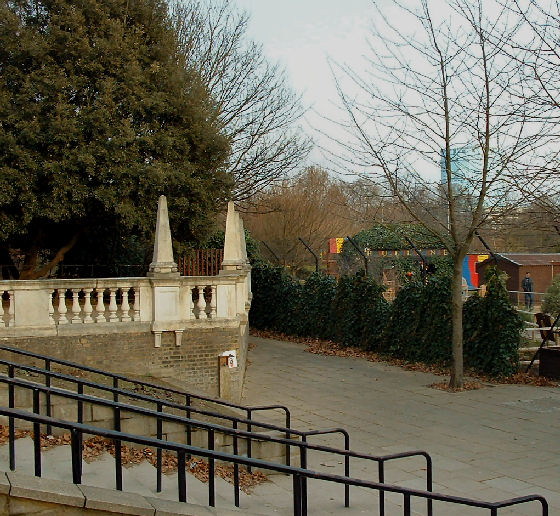 Old stairs to the fun fair
Old stairs to the fun fair
During the Festival of Britain in 1952, the Pleasure Gardens were added and proved to be a great success with all the fun of the fair. The Big Dipper collapsed in 1974, being a top attraction and white-knuckle ride, with a train travelling up to its peak, then dropping down into a tank of water splashing all and sundry.
After its demise the demolition men were brought in to remove the entire fair, leaving just a few bits of concrete to remind us of this lost Battersea Funfair.
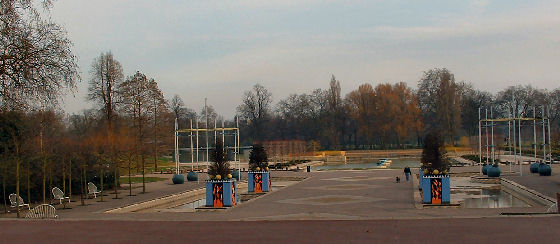
Festival Gardens shadow of its former self

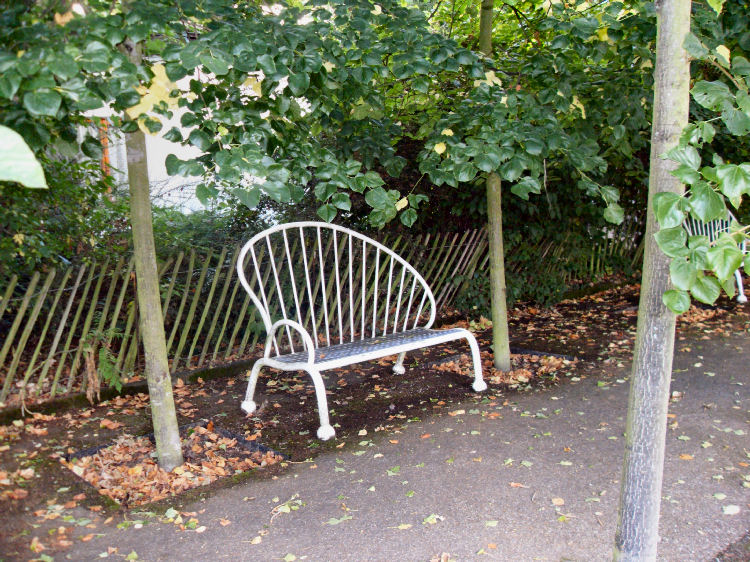
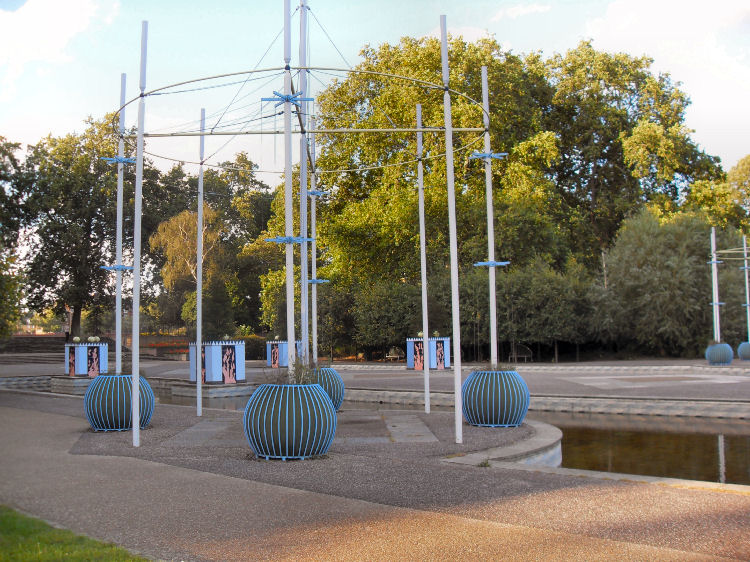
Some of the artefacts that still remain from the Battersea Funfair heydays

Boating Lake 1953
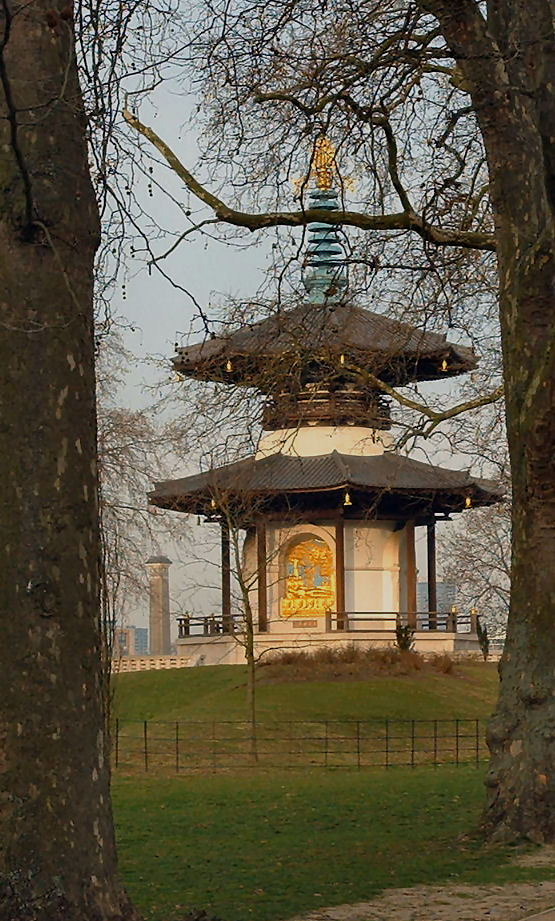
The Buddhist Pagoda
One of the more recent attractions in Battersea Park is The Buddhist Pagoda; it was built by Japanese monks and nuns in 1985 and was a gift from the Buddhist Order for celebrating peace around the world.
London Time

Follow Us
The contents of this website are the property of knowledgeoflondon.com and therefore must not be reproduced without permission. Every effort is made to ensure the details contained on this website are correct, however, we cannot accept responsibility for errors and omissions.
© Copyright 2004 -
Contact Us | Advertise